Saw Cutting Concrete: What Is It,Why To Cut, How To Cut
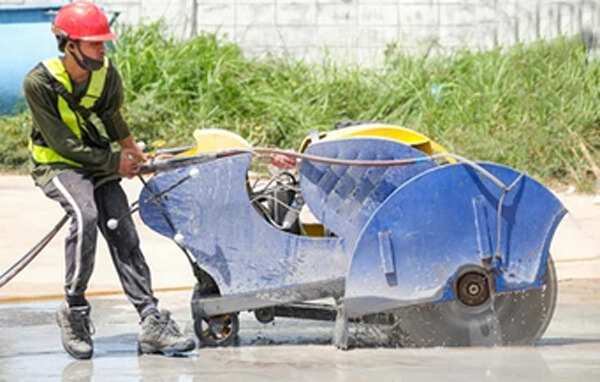
Concrete joints are created by saw cuts. Joining prevents cracks from occurring due to shrinkage. In this article, we will discuss what is concrete cutting using the saw, how to do it, and why it is done under certain conditions.
Contents
What Is Saw Cutting Concrete
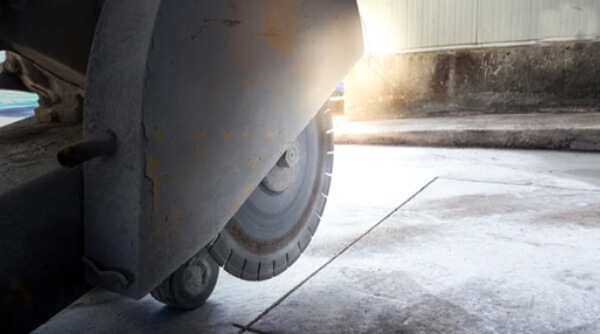
Concrete control joints are created using saw cuts, which help prevent cracks from forming as a result of shrinkage. Before internal cracking begins, cuts should be made at a predetermined spacing and only after the concrete has gained enough strength. It is therefore crucial that saw cuts are made at the right time. at the right time. The time when to make cuts in concrete depends on many factors, including the admixtures and aggregates used in the concrete, the air temperature, and the mix design.
Why Saw Cut Concrete
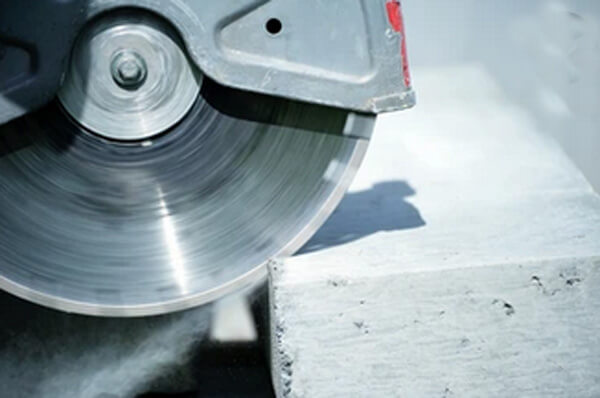
Cracks in control joints are planned cracks that accommodate temperature changes and drying shrinkage. To put it differently, if the concrete cracks-you want to be able to determine where it will crack and that it will crack in a straight line rather than randomly.
Concrete may crack if joints are not cut within 6-12 hours after finishing concrete in hot weather. In such a situation, if you don’t want to use a grooving tool, you can use early-entry dry-cut lightweight saws. The saws cut from 1″ to 3″ deep, depending on the model. Control joints are created by saw cutting concrete.
How To Saw Cut Concrete Slab

Before cutting joints, factors such as curing techniques, slab thickness, slab length, and base type must be considered. Draw a chalk line on the joints you want to be cut after you have laid them out. If you are going to use water cutting equipment, make sure the water runs down to the blade. Lower the blade to reach the required depth, then start walking or moving the equipment following the chalk mark. To cut concrete, follow these suggestions:
- Saw blades should not be twisted.
- The blade should not spin during the cut, as this will increase wear on the bond.
- Blades with softer metal segment bonds should be used on concrete with heavy rebar.
- Wear personal protection equipment (PPE) at all times.
Circular saws can be used to cut concrete in two main ways:
Cutting wet
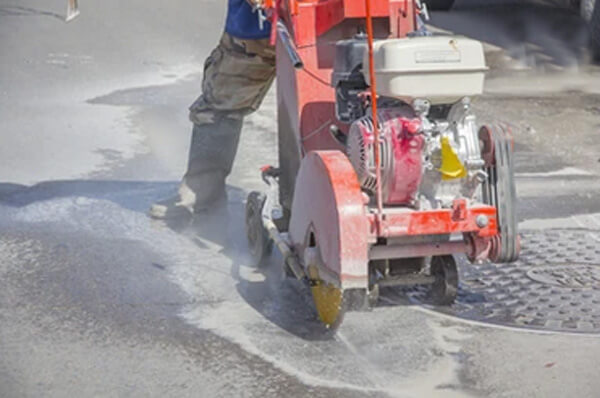
Using water to wet the surface of the concrete slab is a very popular concrete cutting technique. When sawing concrete slabs, silica dust is created that is controlled by wet cutting. Silica dust is a serious health hazard because it harms your lungs and respiratory system, and can even cause lung cancer. 85% of dust concentration is reduced when concrete is wet cut.
Diamond blades are less likely to overheat when cutting concrete slabs when wet cutting is used.
Cutting with a dry blade
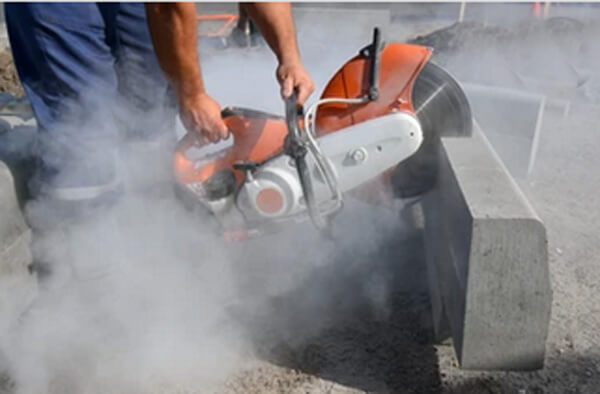
When saw cutting concrete slabs, it is sometimes necessary to keep the concrete dry. To prevent overheating of the concrete saw blades, alternate and thin cuts are strongly recommended to allow air to flow around them.
Depth of cut
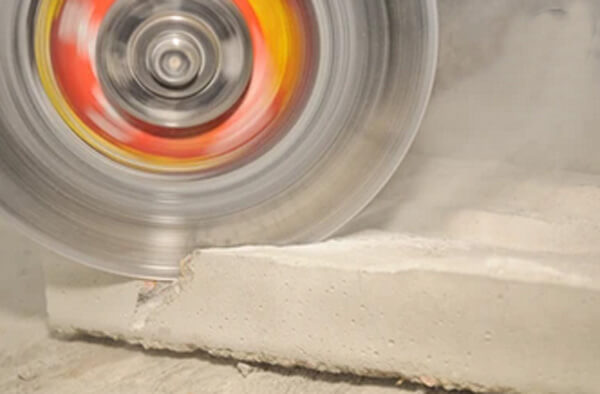
When cutting concrete with a concrete saw, aim to cut to a depth of one quarter to one-third of the slab’s thickness. Concrete should not be cut too shallow when cutting with a circular saw to avoid random cracks. When you cut control joints too deeply, aggregate interlocking will not be enough to transfer loads.
When To Saw Cut Concrete
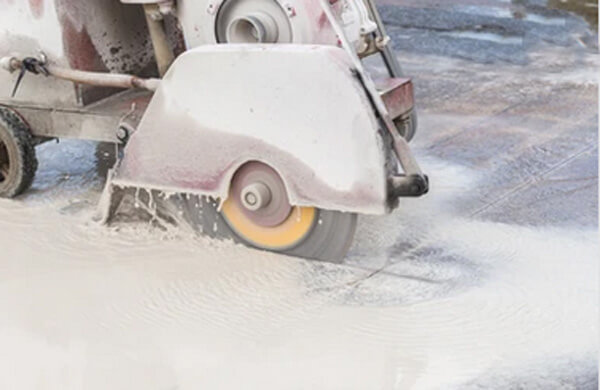
In addition to the concrete mix and the weather conditions, concrete’s hardness and the type of cutting equipment are also important factors in determining when to saw concrete. By cutting too early, one causes raveling, an effect caused by the saw blade pulling the aggregate out of place, leaving a messy, weakened edge. The saw blade is also subjected to undue wear. As the concrete contracts during curing, too late sawing can result in uncontrolled cracking.
When the weather is hot, saw cutting may begin as soon as four hours after the concrete is poured. It may take up to 12 hours after pouring to start sawing in cooler weather. Making trial cuts to check for raveling is the best way to determine whether the slab is ready. During these trial cuts, saw cutting should begin as soon as raveling stops.
By delaying sawing, contractors protect their equipment and reduce blade abrasion. Based on the concrete type and how soon the cuts can be made, there are several types of saw blades that can be used. Additional factors that can contribute to excessive blade wear and joint raveling are:
- Too much pressure on the blade
- causes the saw to cut at high speeds
- When using a saw with a bent spindle
- an inappropriate blade is used
Concrete Saw-Cutting Locations
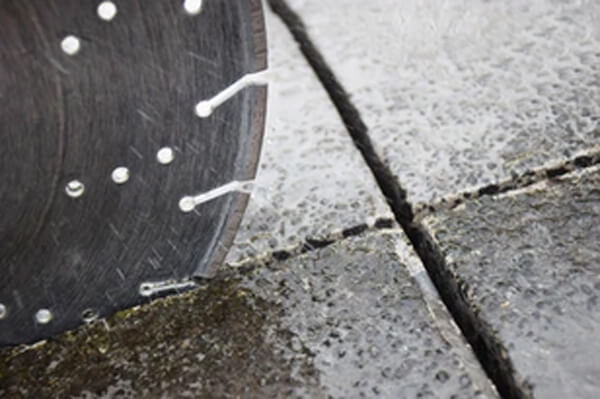
Prior to saw cutting concrete, it is important to decide where these cuts will be made. Cutting should begin on or near the center of the column lines. It is recommended that joints are spaced 24 to 36 times the slab thickness, but this must be confirmed by a structural engineer. The cut spacing is typically between 10 and 18 feet, depending on how much reinforcement is in the slab.1 If you are using concrete with high shrinkage, you may want to reduce the cut spacing. In addition to these factors, you should consider the following factors
- Make square patterns
- Make continuous cuts with the saw
- Choosing an area that does not have continuous steel reinforcement between slabs or squares is important
- Having and maintaining multiple joints is more expensive than having fewer cracks.
- It might be a good idea to form a larger square and then cut interior joints if the weather is hot. If you do this, you will be able to prevent concrete cracks from forming in larger areas.
Conclusions
To conclude, saw cuts are efficient means of making control joints in the concrete. Cracks in control joints are planned cracks that accommodate temperature changes and drying shrinkage. Circular saws can be used to cut concrete in two main ways: dry and wet cutting.
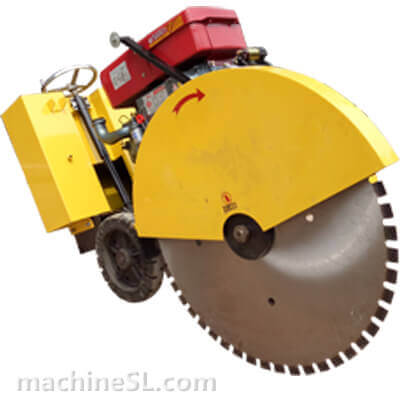
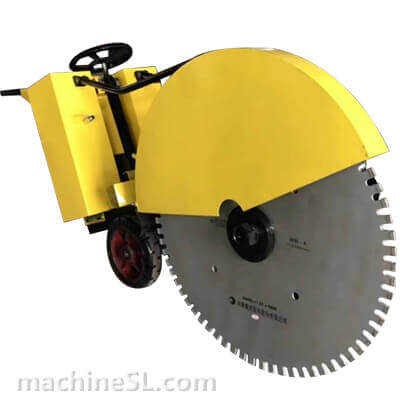
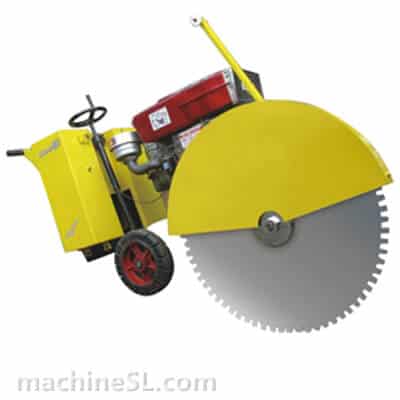
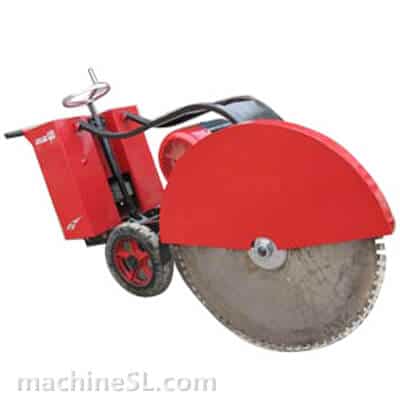



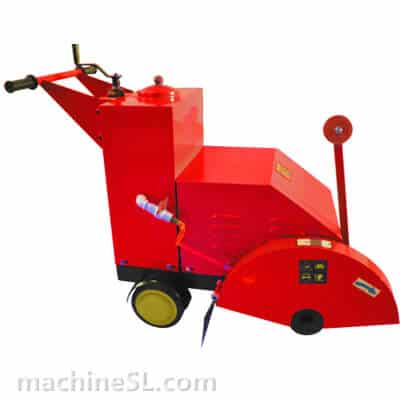
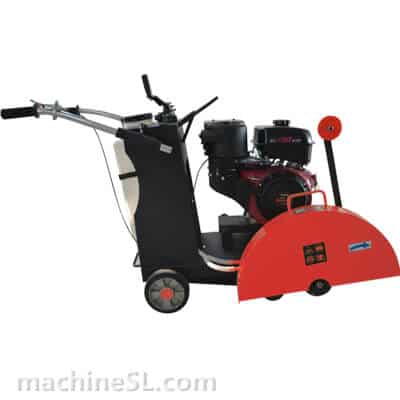


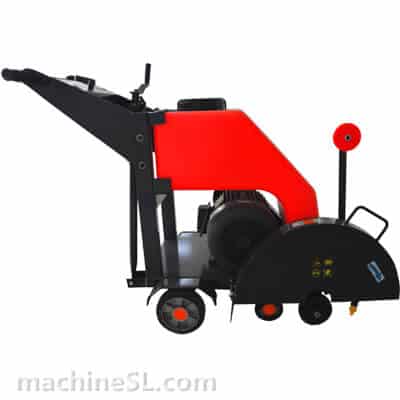

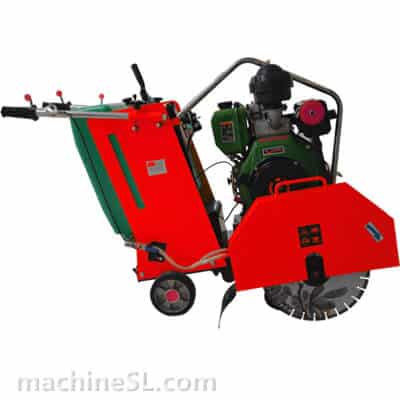
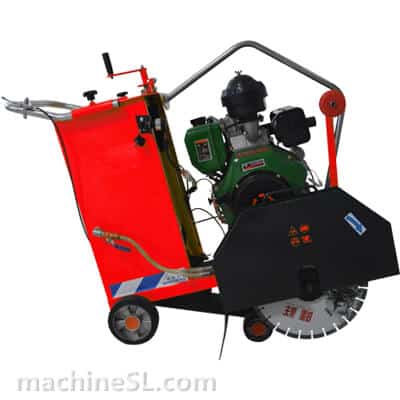
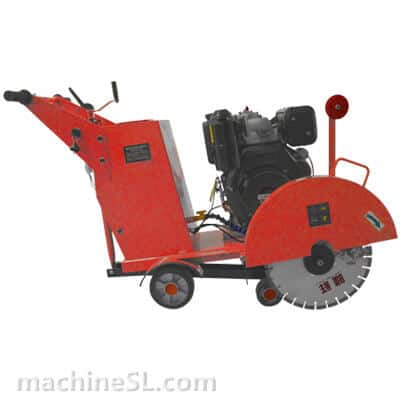

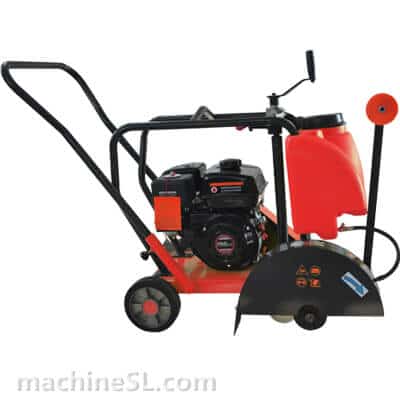





I find it interesting that concrete saw cutting can prevent cracking due to shrinkage. My dad is installing a concrete patio in our backyard and wants it to last as long as possible. I will suggest that he hire a professional to cut the concrete at the right time so that cracks don’t form.
thanks